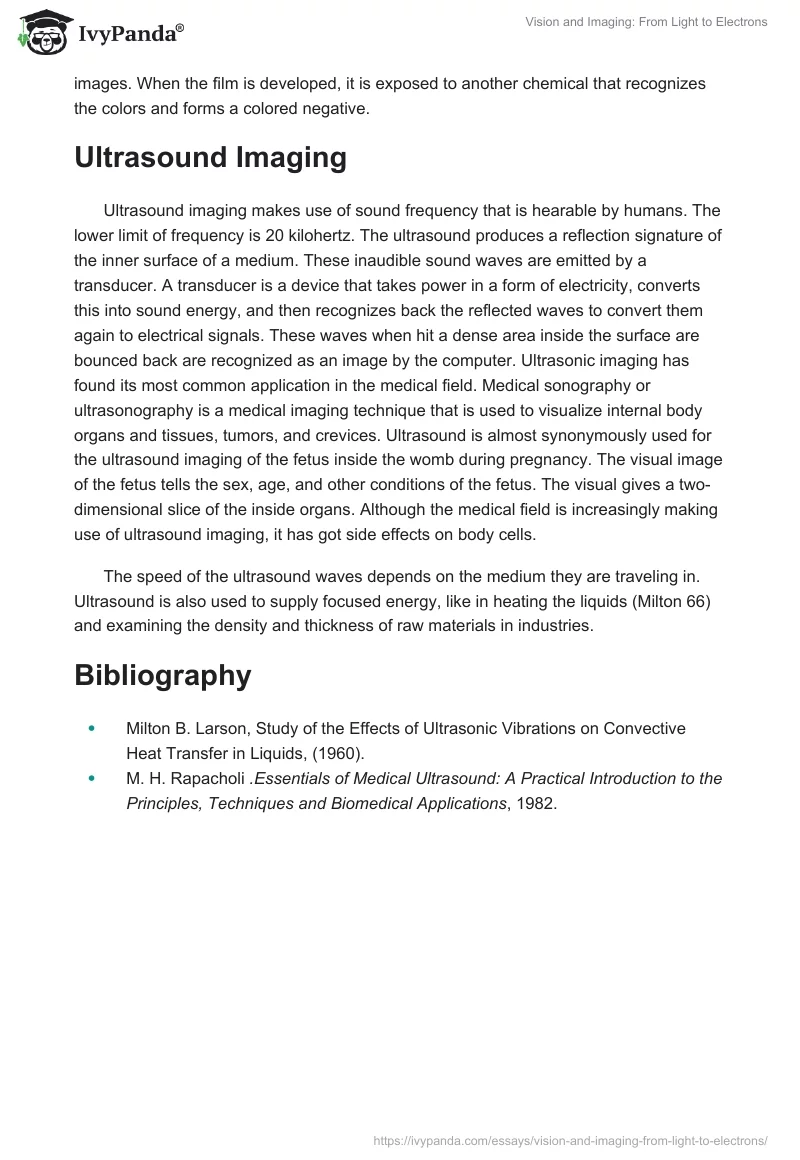Working of a Camera
The foremost and most important component of a camera is the lens. A lens is a curved piece of glass or plastic and its job is to collect rays of light bouncing off an object and redirect them to the film to form an image. The simplest form of such a camera is the manual single-lens-reflex camera. In such a camera, a convex lens captures the image depending on the angle of light rays and structure of the lens. However, the lens is not single. The camera lens is several lenses combined into one structure. If a single lens is used, the phenomenon of chromatic aberration occurs. Chromatic aberration results in an image in which different colors are not projected at right t places. This occurs because different colors of light have different wavelengths, and they bend differently through the lens. The solution to this problem is to use lenses made of different materials. These lenses are structures in such a way these their geometry makes the colors aligned.
Another important variation in the lenses in modern cameras is based on different magnifications. The magnifying power of a lens is defined by its focal length. According to the basic concept of physics, the focal length is simply the distance between the lens and the real image formed by the lens. The higher the focal length, the greater is the magnifying power of the lens. Based on this, different lenses are used for different situations. A Mountain View mode would use a lens of higher focal length, while a portrait mode would use a low focal length lens.
The final part is making a real image on the film inside the camera. This camera uses a chemical on the film that forms a pattern of the real image. The film has tiny light-sensitive grains of three different colors that undergo a chemical reaction once they are exposed to the rays of light. Depending on the pattern and colors of the light rays, the film forms an image. This is the very reason films are to be kept in complete darkness until they take an image. Otherwise exposing the film to light causes blurred images. When the film is developed, it is exposed to another chemical that recognizes the colors and forms a colored negative.
Ultrasound Imaging
Ultrasound imaging makes use of sound frequency that is hearable by humans. The lower limit of frequency is 20 kilohertz. The ultrasound produces a reflection signature of the inner surface of a medium. These inaudible sound waves are emitted by a transducer. A transducer is a device that takes power in a form of electricity, converts this into sound energy, and then recognizes back the reflected waves to convert them again to electrical signals. These waves when hit a dense area inside the surface are bounced back are recognized as an image by the computer. Ultrasonic imaging has found its most common application in the medical field. Medical sonography or ultrasonography is a medical imaging technique that is used to visualize internal body organs and tissues, tumors, and crevices. Ultrasound is almost synonymously used for the ultrasound imaging of the fetus inside the womb during pregnancy. The visual image of the fetus tells the sex, age, and other conditions of the fetus. The visual gives a two-dimensional slice of the inside organs. Although the medical field is increasingly making use of ultrasound imaging, it has got side effects on body cells.
The speed of the ultrasound waves depends on the medium they are traveling in. Ultrasound is also used to supply focused energy, like in heating the liquids (Milton 66) and examining the density and thickness of raw materials in industries.
Bibliography
- Milton B. Larson, Study of the Effects of Ultrasonic Vibrations on Convective Heat Transfer in Liquids, (1960).
- M. H. Rapacholi .Essentials of Medical Ultrasound: A Practical Introduction to the Principles, Techniques and Biomedical Applications, 1982.


